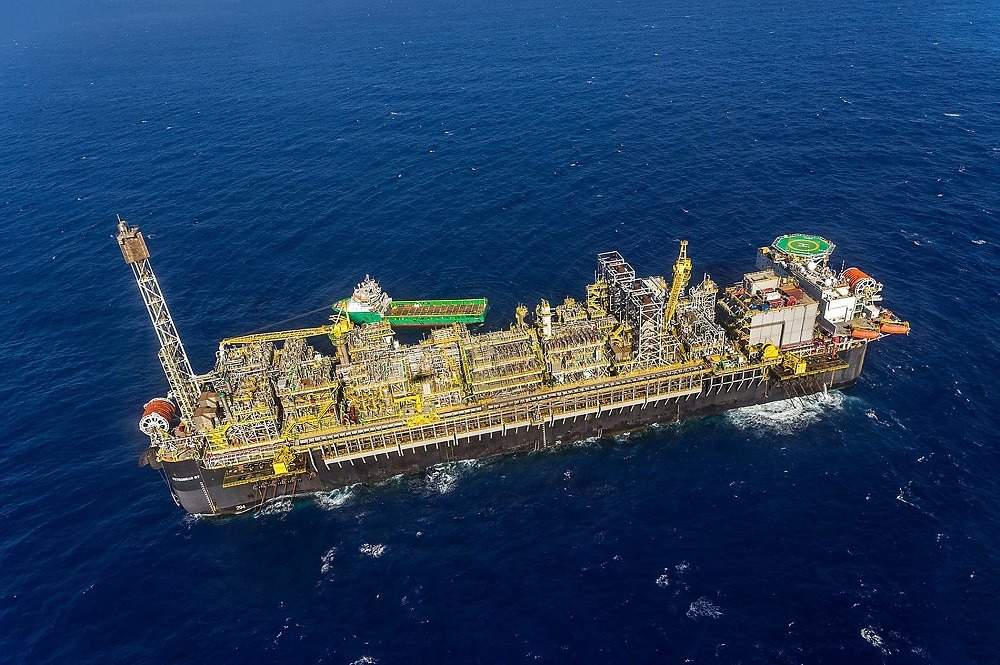
Production of oil and gas from the Lula North field, which is contained in the BM-S-11 concession, is being carried out by the P-67 floating production and storage offloading vessel (FPSO).
P-67 is the seventh FPSO that has been deployed at the Lula field. Designed to have a processing capacity of up to 150,000 barrels of oil and six million cubic meters of natural gas per day, the P-67 FPSO is the third in a series of standardized vessels constructed for the BM-S-11 partners.
The P-67 FPSO is located nearly 260km off the Rio de Janeiro coast, at a water depth of 2,130m. The vessel will produce using nine production wells and injection wells which are interconnected to the vessel.
According to Petrobras, drainage of oil production from the Lula North field will be done by lifting vessels. On the other hand, production of gas will be drained by the routes of the pre-salt gas pipelines.
The Brazilian national oil company is the operator of the BM-S-11 concession with a stake of 65%. Shell, through its subsidiary Shell Brasil Petróleo, holds a stake of 25%, while Portuguese oil and gas company Galp, through its subsidiary Petrogal Brasil, owns the remaining stake of 10% in the offshore Brazilian block.
The nine FPSOs, that have been placed into production since the start of the current decade, are drawing a combined daily processing capacity of up to 1.3 million barrels of oil and 56 million cubic meters of natural gas.
In October 2018, the BM-S-11 partners commenced production at Lula Extreme South using the P-69 FPSO, which is the eighth platform installed in the Lula field.
Lula, which was discovered by Petrobras in October 2006, is the largest producing field in Brazil, making up 30% of the oil and gas produced by the South American country. Previously known as Tupi oil field, the offshore Brazilian oil and gas field was brought into production using the Cidade de Angra dos Reis FPSO in October 2010 from the Lula Pilot area.






